𝚂𝙴𝙲𝚁𝙴𝚃 𝙲𝙻𝙰𝚂𝚂𝙸𝙲𝚂 1968 Bertone Runabout Concept
The Wedge-Shaped Vision That Inspired a Generation
Explore the 1968 Bertone Runabout, a radical concept car designed by Marcello Gandini. Learn how this mid-engine wedge-shaped prototype influenced the design of the Fiat X1/9 and became a symbol of ’60s Italian futurism.
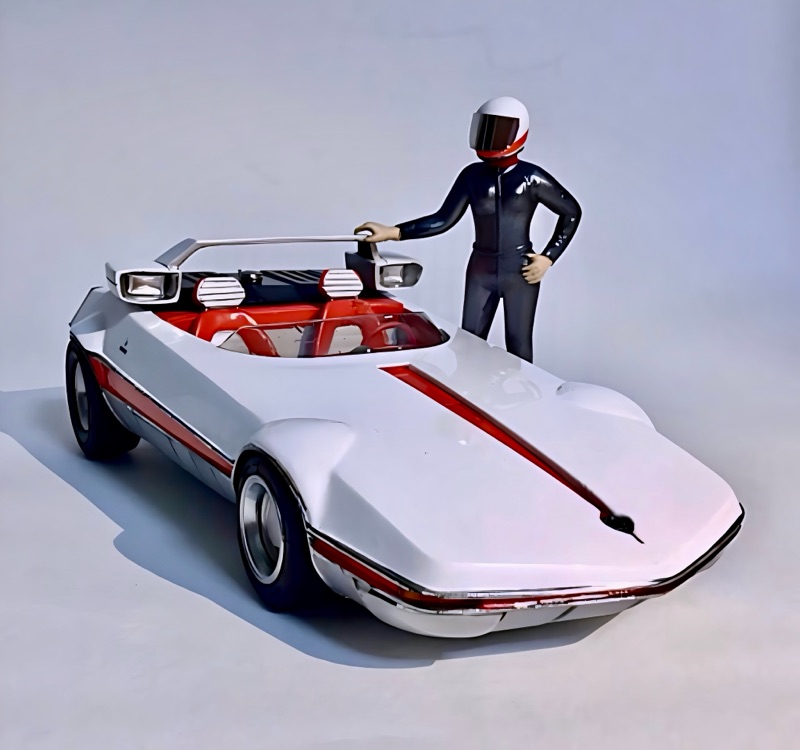
Introduction
Few concept cars have influenced production models as directly as the 1968 Bertone Runabout. Created by legendary designer Marcello Gandini at Bertone, the Runabout combined radical wedge styling with mid-engine balance, creating a futuristic prototype that would soon evolve into the beloved Fiat X1/9.
This article explores the design, history, and legacy of the Bertone Runabout—an icon of Italian automotive artistry that still inspires car designers and enthusiasts over 50 years later.
The Birth of the Runabout: A Radical Vision
The Runabout debuted at the 1969 Turin Motor Show (despite being designed in 1968) as a one-off concept car designed to showcase Fiat’s 128 mid-engine platform. Bertone’s goal was to prove that performance and practicality could be combined in a compact, agile sports car.
Built on the underpinnings of the Autobianchi A112 (which shared components with the Fiat 128), the Runabout featured a mid-mounted inline-4 engine, rear-wheel drive, and a dramatically low-slung fiberglass body.
Design That Broke the Mold
Designed by Marcello Gandini, the same visionary behind the Lamborghini Miura and Countach, the Bertone Runabout was bold and futuristic:
- Wedge-shaped profile with ultra-low nose
- Open cockpit with a targa-style roll bar
- Rear buttresses with integrated fins
- No doors — occupants had to climb over the bodywork
- Pop-up headlights integrated into the hood line
- Bright orange paint, inspired by marine speedboats
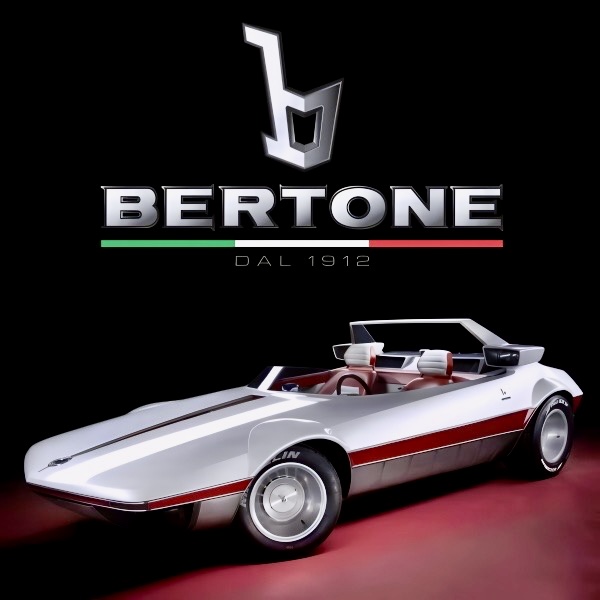
In fact, the Runabout’s nautical influence wasn’t accidental. It was directly inspired by the world of speedboats, evident in its name and styling, reflecting freedom, speed, and experimentation.
Powertrain & Engineering
Though never intended for production, the Runabout was more than a static showpiece. It was fully functional, powered by a 1.1L inline-4 engine mounted transversely behind the seats. This setup, borrowed from the Fiat 128 project, gave it excellent weight distribution and laid the foundation for the future Fiat X1/9.
The mid-engine layout and short wheelbase promised agile handling, though the car was never tested at performance limits due to its concept status.
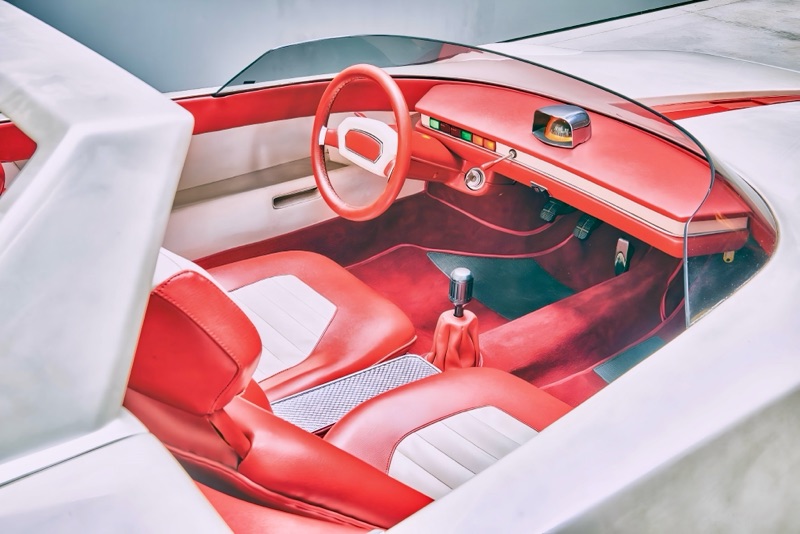
Influence on the Fiat X1/9
The most important legacy of the 1968 Bertone Runabout was its transformation into a road-going sports car: the Fiat X1/9, launched in 1972. While toned down for production (with a real windshield, doors, and safety features), the X1/9 retained the Runabout’s core elements:
- Mid-engine layout
- Targa roof
- Compact proportions
- Sharp wedge styling
Without the Runabout, the X1/9 likely wouldn’t have existed in the same form. It proved that concept cars could directly influence mainstream production while retaining a distinct Italian design language.
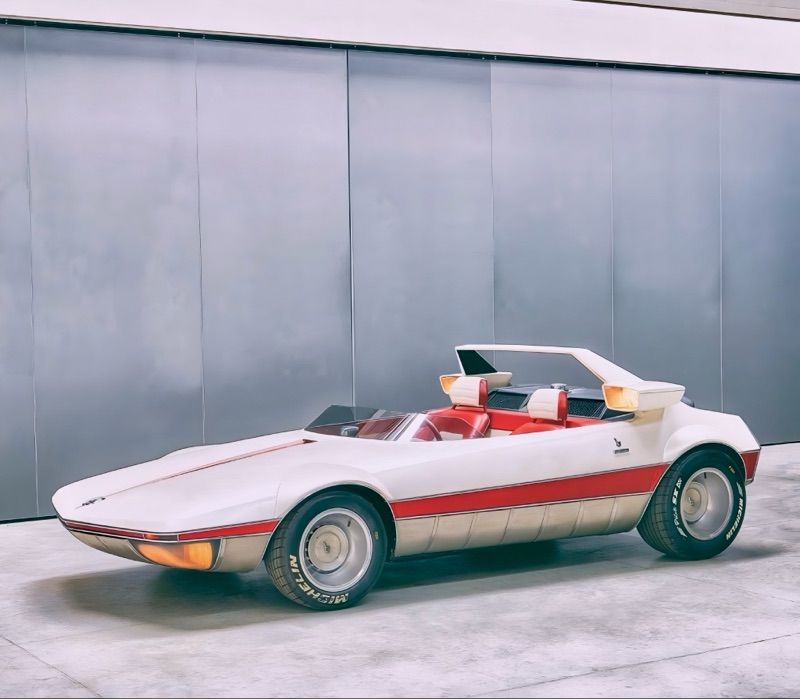
Rarity and Legacy
As a one-off concept, the 1968 Bertone Runabout is held in Bertone’s private collection (or occasionally displayed at design exhibitions and concours events). It remains a symbol of late ’60s automotive experimentation, when designers were unafraid to break the rules.
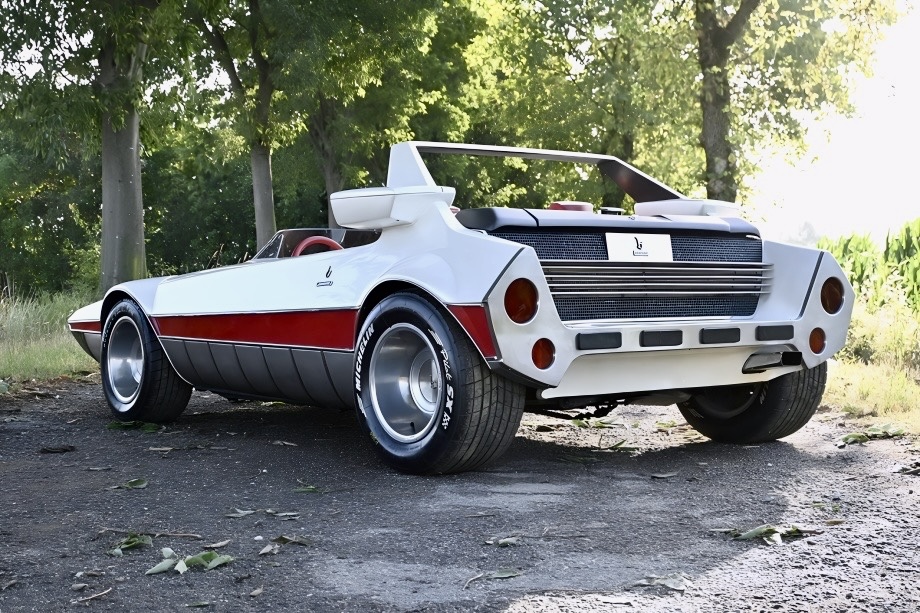
Collectors, designers, and fans of Italian car culture continue to admire the Runabout for its fearless styling and influence. Its DNA can even be seen in modern concept cars from brands like Lotus, Alfa Romeo, and Lamborghini.
Pros and Cons of the Bertone Runabout (Conceptual View)
✅ Pros:
- Groundbreaking wedge design
- Direct influence on Fiat X1/9
- Designed by Marcello Gandini
- Rare and iconic among concept cars
❌ Cons:
- Never went into production
- No real-world performance data
- Purely a design study—no practicality
- Difficult to experience in person
Final Thoughts
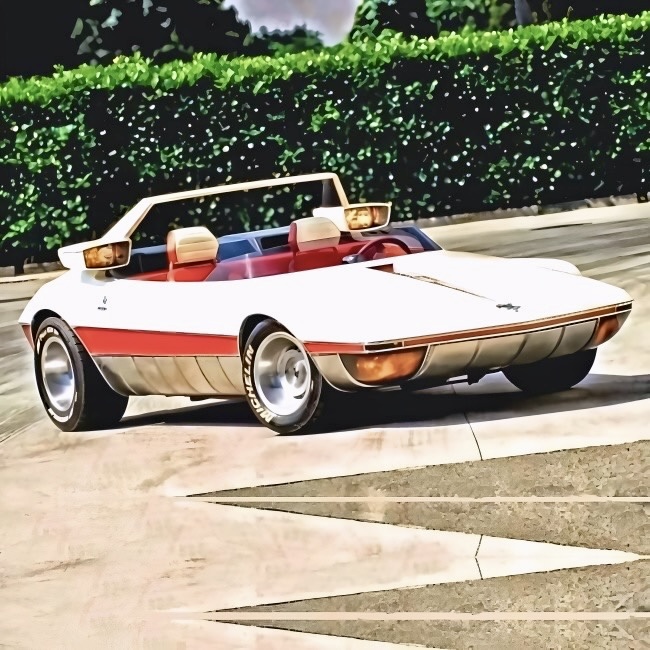
The 1968 Bertone Runabout wasn’t just a concept—it was a bold artistic statement from one of Italy’s most daring design houses. Its influence on the Fiat X1/9 helped democratize mid-engine performance for everyday drivers, proving that beauty and innovation could be accessible.
More than 50 years later, the Runabout remains a revered piece of automotive history—proof that concept cars can dream big and still change the world of production vehicles.
Comments
Post a Comment